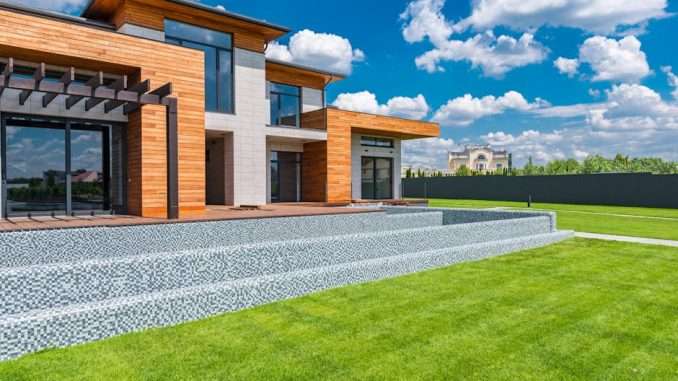
In the ever-evolving realm of architectural design and construction, a significant transformation is underway, reflecting a profound shift towards sustainability. The integration of green building materials is emerging as a pivotal force in this metamorphosis, propelled by the imperative to develop environmentally considerate building practices within burgeoning urban landscapes and against the backdrop of escalating global populations. The adoption of these materials is not merely a fleeting phenomenon but represents a foundational shift, challenging the enduring misconception that sustainability must invariably entail a compromise on cost.
This revolution is marked by the ascendance of green building materials, which advocate convincingly for a future where sustainability aligns seamlessly with cost efficiency. Industry innovations are actively diminishing the environmental impact of buildings while simultaneously bolstering their longevity, energy efficiency, and visual appeal. In an age where the ramifications of climate change and resource scarcity are increasingly palpable, the integration of sustainable materials into mainstream architectural practices is a salient stride towards an eco-friendlier and more economically viable built environment.
Architects and designers, previously limited by a narrow selection of conventional materials, are now exploring the potential of green alternatives characterised by their versatility and durability. The use of materials such as bamboo flooring and Pixelcrete, a recycled concrete substitute, are emblematic of a shift in perspectives—demonstrating that eco-friendly options can meet or even exceed the performance benchmarks set by traditional materials. Bamboo, for example, is an enduring and renewable option for flooring that endures daily use while imparting a warm, organic aesthetic to interior spaces.
The deployment of reclaimed wood and natural stone exemplifies how green materials can enhance a building’s design while mitigating environmental impact through the repurposing of existing resources. These materials imbue spaces with an inimitable character that is at once aesthetically pleasing and ecologically responsible. Furthermore, the implementation of energy-efficient designs, featuring superior insulation and thermal properties, ensures that buildings necessitate less energy for temperature regulation, yielding substantial energy cost reductions.
Despite these strides, prevailing misconceptions regarding the performance and expense associated with green building materials continue, posing obstacles to their broader acceptance. Nonetheless, as technological advancements progress, these materials are becoming increasingly attainable and cost-effective, dispelling the notion that sustainability necessitates a higher financial outlay. The burgeoning demand for eco-conscious architecture is compelling the industry to give precedence to these materials, thereby creating living and working spaces that resonate with the environmental awareness of contemporary consumers and policymakers.
The quest for sustainable architecture involves a holistic approach that extends beyond material selection. It requires meticulous consideration of local climates, site planning, and building orientation to optimise sustainability. Additionally, the integration of cutting-edge technologies can mitigate the financial concerns associated with sustainable construction by reducing long-term operational costs.
Sustainable buildings offer more than just environmental benefits; they enhance occupant comfort, foster resilience to climate-related events, and promote the adoption of renewable energy sources. Intelligent design, in harmony with the judicious use of green building materials, can yield edifices that are both environmentally sound and cost-effective, and that contribute to an improved quality of life. Compact buildings exemplify the notion that sustainable practices can coincide with financial viability.
The global imperative for sustainable construction is further highlighted by the United Nations’ Sustainable Development Goals, which advocate for responsible consumption and production patterns. The uptake of sustainable and green designs is crucial to achieving these goals, underscoring the significant role that the built environment plays in advancing societal and planetary health.
The evolution of green building materials and sustainable design practices heralds a new chapter in the annals of architecture. These advancements are increasingly enabling the construction of buildings that are both environmentally responsible and financially attainable. As global trends lean towards a more sustainable future, the persistent adoption of green building practices holds the promise of establishing a foundation for a more sustainable tomorrow for forthcoming generations. The union of sustainability and affordability within the sphere of green buildings stands not only as a visionary blueprint for the future of architecture but also as a testament to the creativity and resilience of human innovation in addressing environmental challenges.


Be the first to comment